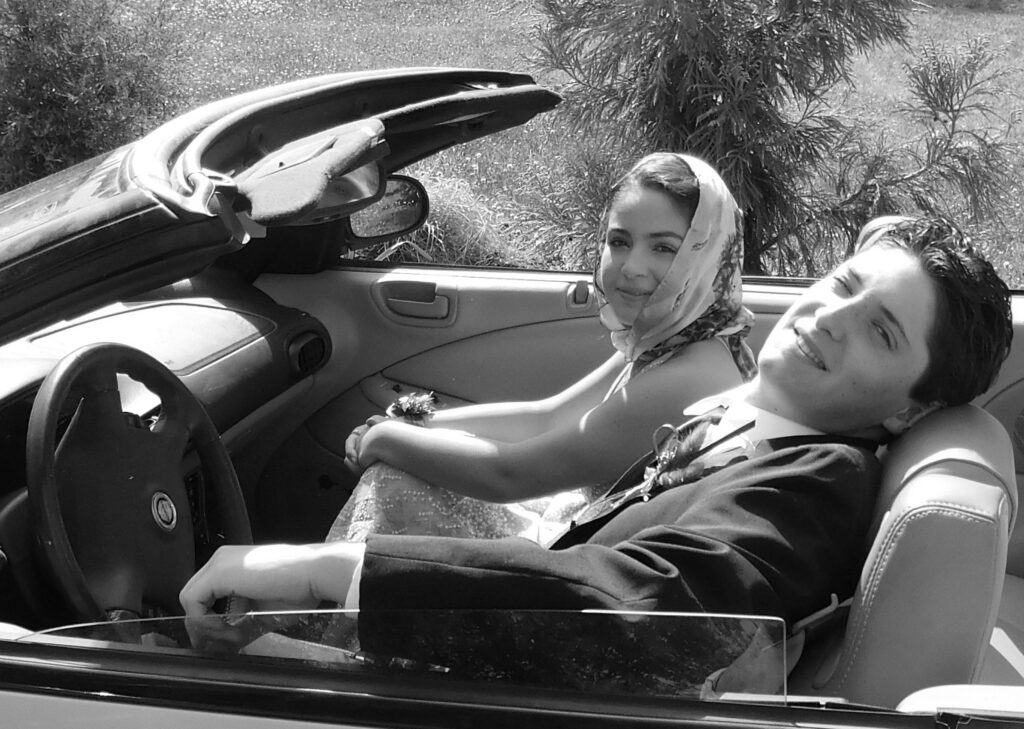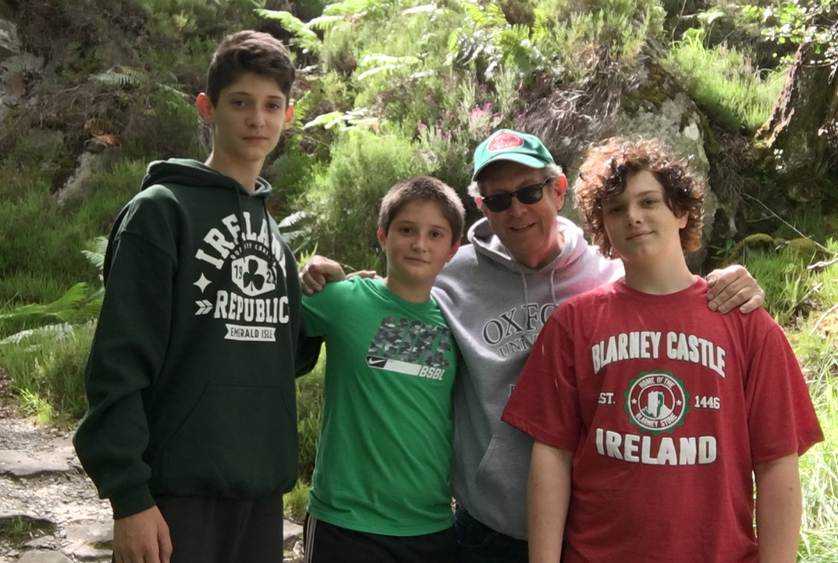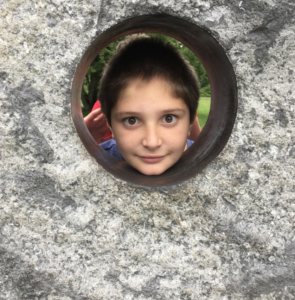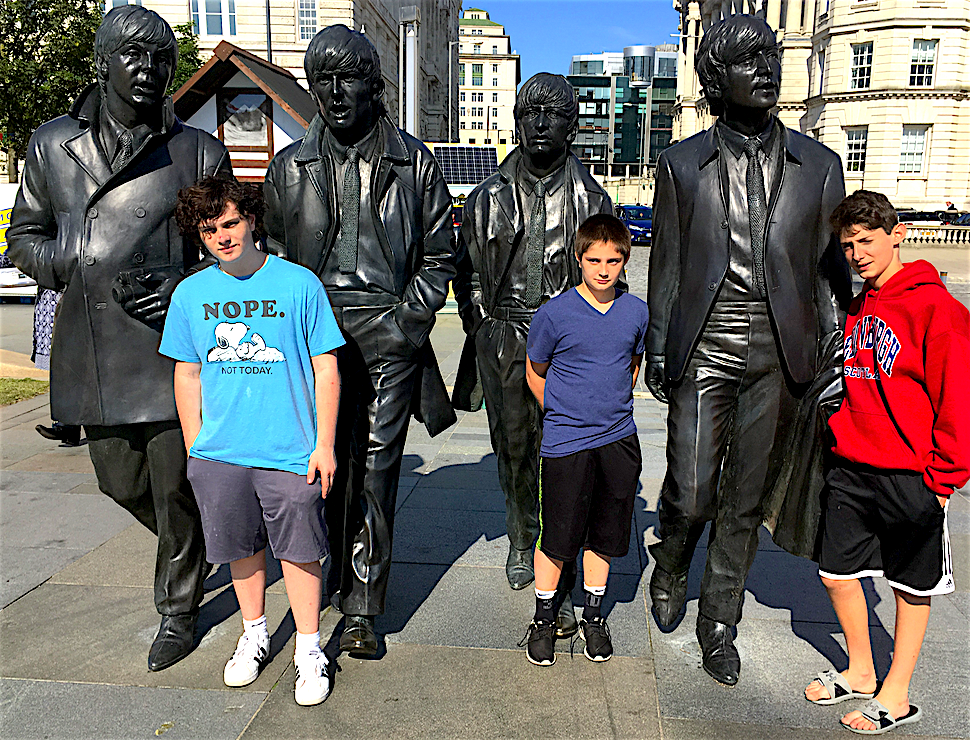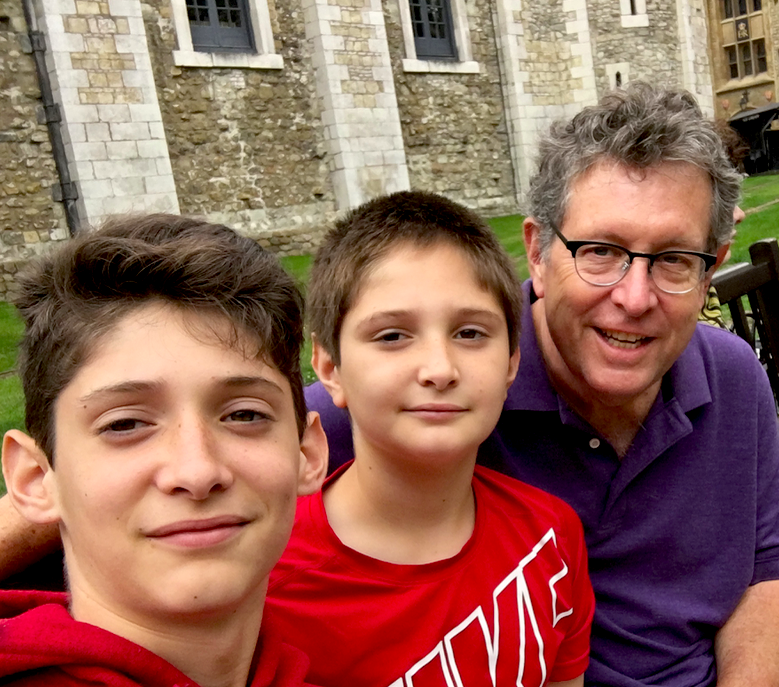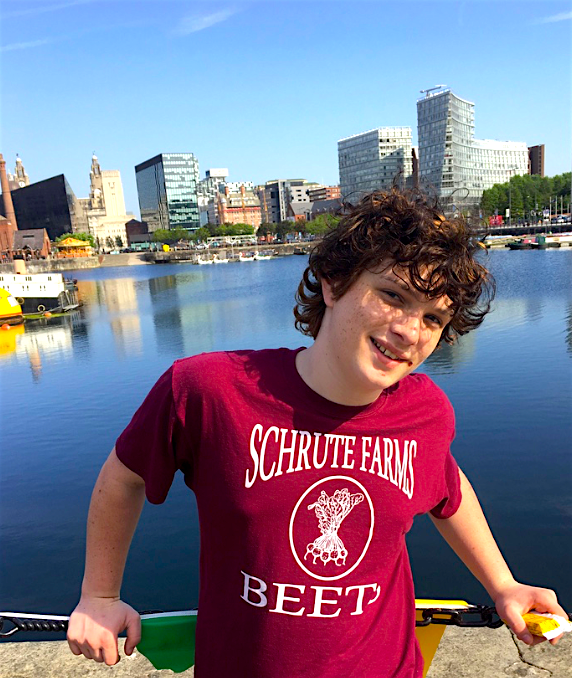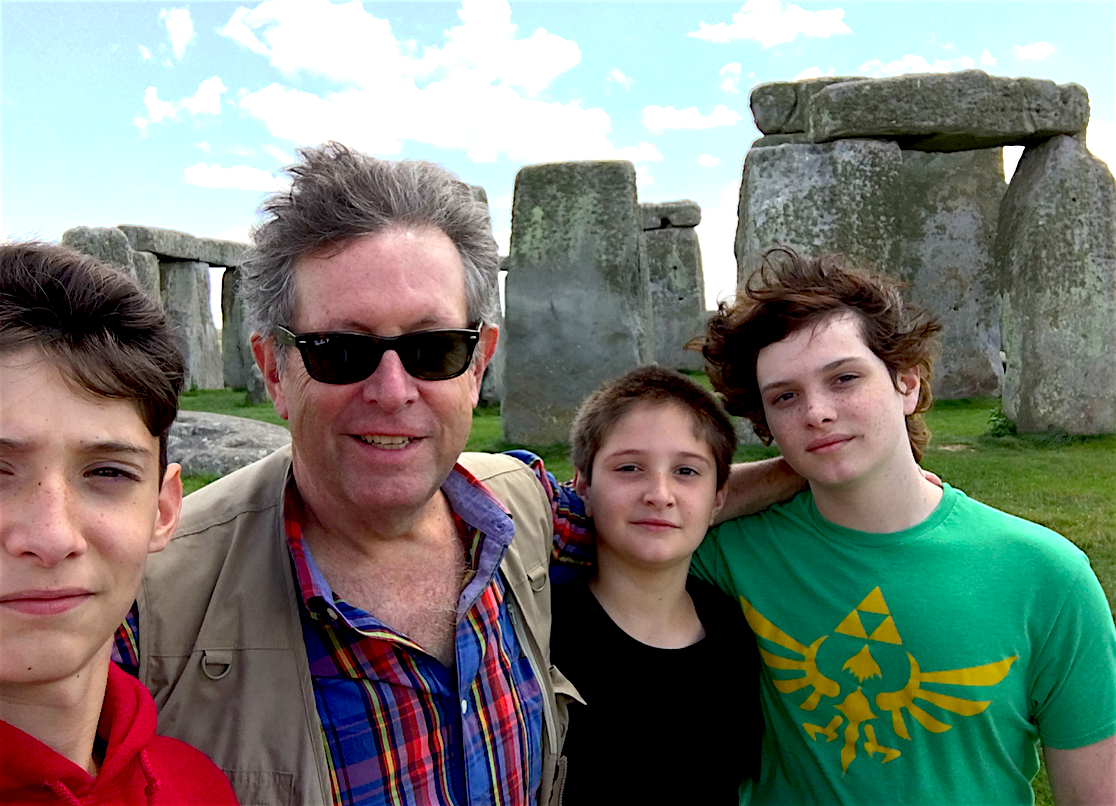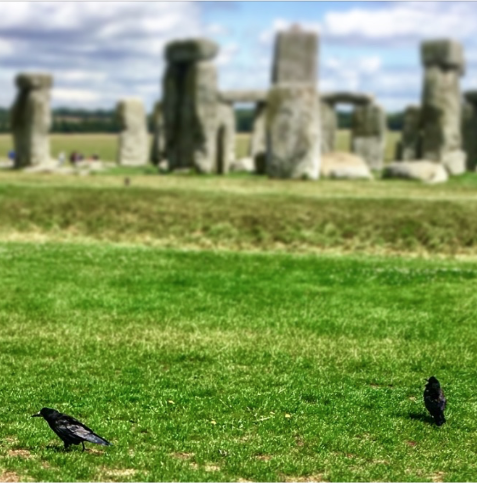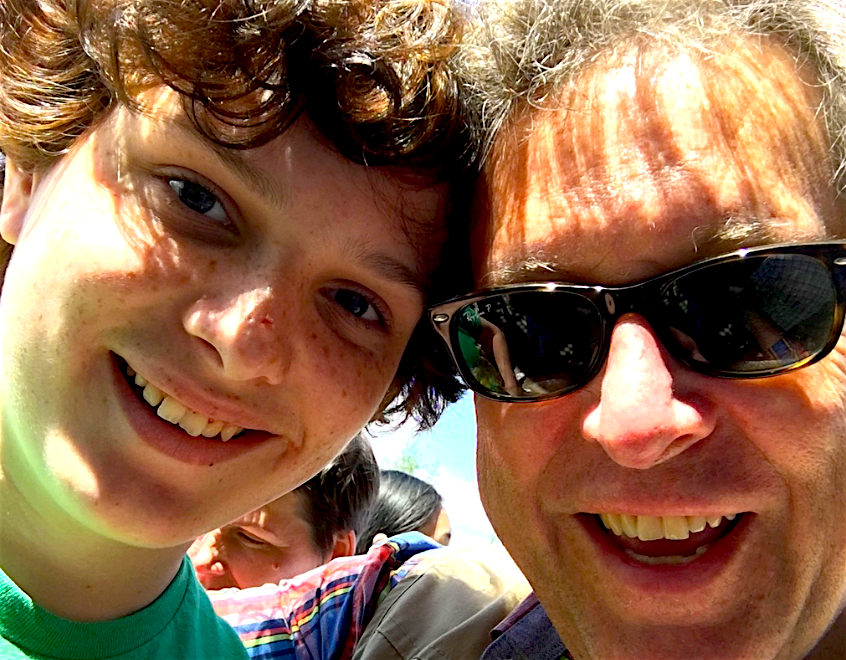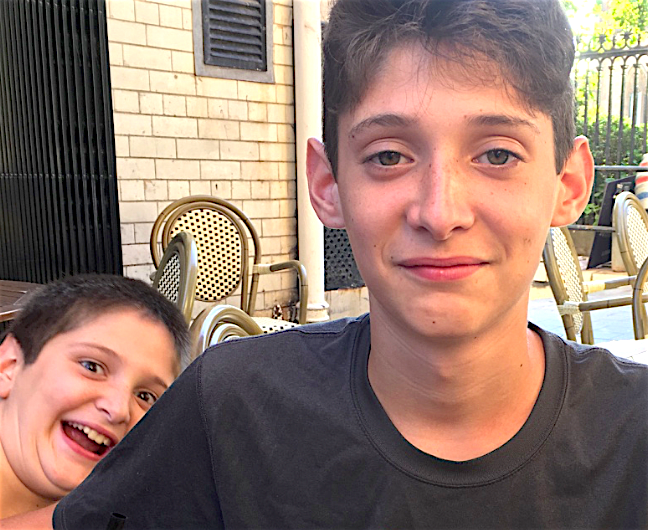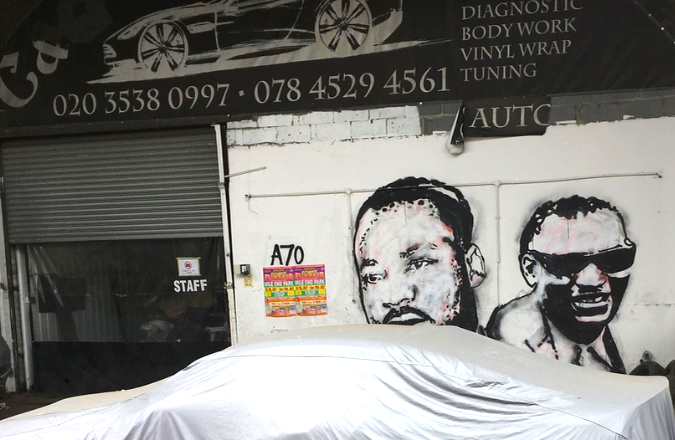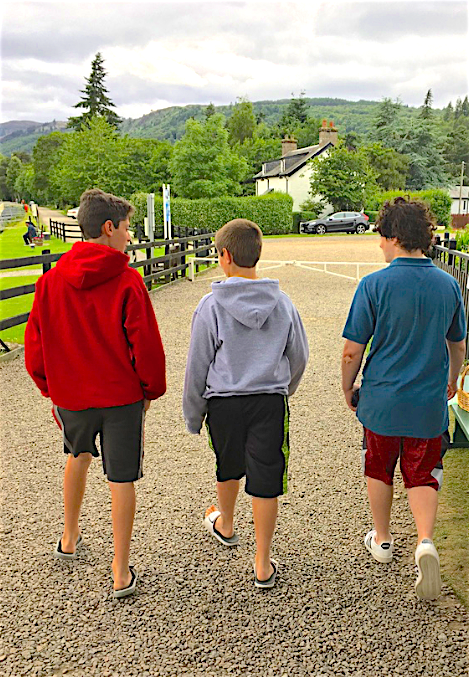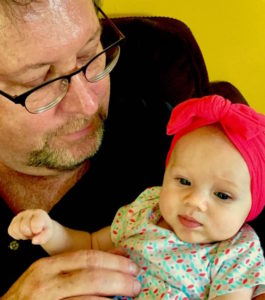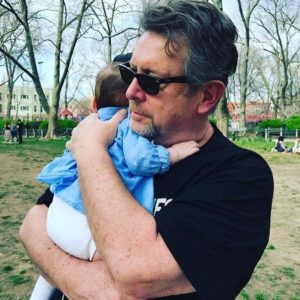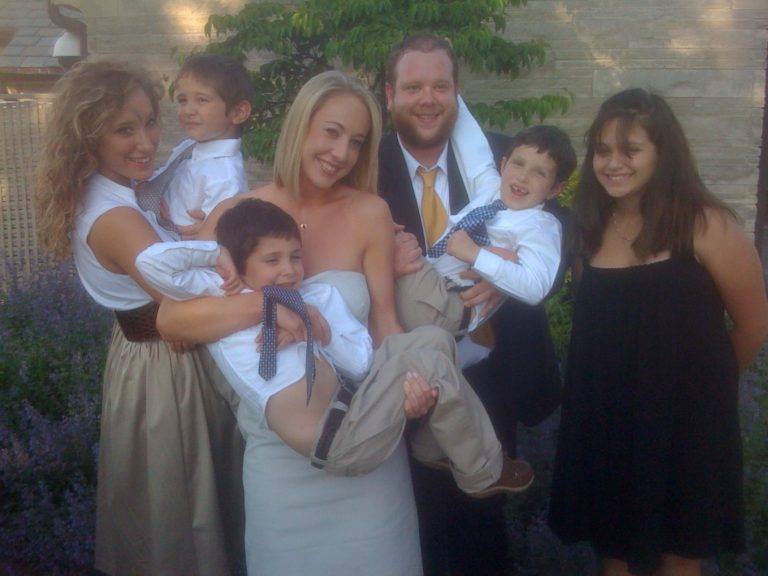This is a remembrance of my mother’s last car, which I have donated to National Public Radio.
My mother wasn’t like the other mothers. To borrow the title from a Steve Reeves classic of my movie-going youth, she was Hercules Unchained. My friends’ mothers (and fathers) were dull, doing the ol’ lives-of-quiet-desperation thing, while mine looked at life as a continual weenie roast.
My mother had a great sense of humor and a love for all things new and fun. Even in her seventies and eighties, she referred to her contemporaries as the old folks or geezers. If we’re only as old as we feel, my mother remained 19 almost all of her life.

This is not to imply that she was an irresponsible parent. She artfully raised three children. When my father died (young, at 53) the three of us were out of the house, so she didn’t have to worry about taking care of children as a single parent.
She was devastated by my father’s death. Perhaps because it was so sudden and came when both of them were barely in their fifties, she felt life’s brevity more clearly than most and decided to squeeze everything she could from it.
Cars were always important to us. We were a military family and moved a lot. Along the way, Dad collected convertibles. When I was a young boy, we were stationed in Europe and all five of us fit into a Triumph TR-3, despite the fact that the car did not have a back seat or seatbelts. We were a lot smaller then.
My mother once drove 120 miles per hour on the autobahn. Life was a weenie roast, as I say.
When we returned to the States, Dad began his Cadillac obsession. For several years, we had only two legal drivers in the house yet had three cars — two Cadillacs and the Triumph, all convertibles. One of the Caddies was candy-apple red. There must have been something extra in the formula in Detroit the day they painted that car because I’ve never seen a color like it. Strangers approached my father in parking lots to gush over how much they admired it.
But it aged and was traded away. So were the others, always replaced by Cadillac convertibles. Finally — years later, out of the military and in private practice — Dad found another candy-apple red Cadillac convertible, an El Dorado that would qualify us for yacht-club membership. A few months after buying the car, he died.
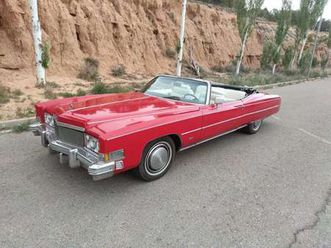
Mom kept the car but rarely drove it. Too painful, she said.
She began her relationships with Chrysler convertibles — first LeBarons, then Sebrings. It fell to me eventually to sell the Cadillac. During a visit, I found I needed a car for an unexpected road trip. Mom told me to take the car and not bring it back. I sold it to a collector in Dallas.
My mother outlived my father by 44 years. Into her late eighties, she still drove. Her last car was a champagne-colored Chrysler Sebring convertible. She was a careful driver, never had an accident, never even got a ding in the door.
When she was too old to drive and moved to an assisted-living place, she gave me the car. It was 15 years old by then. I had to drive it cross country, from my mother’s home in the Midwest, to Massachusetts. The drive went without a hitch and the car turned some heads when we drove through Cooperstown, where I showed my son the Baseball Hall of Fame.
But over the years, the inevitable problems began. I considered it my weekend car. I’d put the top down — even in January, when we’d have an occasional good day — and cruise the towns along the South Shore, where I live.
Its last gasp came when my two youngest sons — just little boys when I got the car — used it to take their dates to the high school prom. They posed in their tuxes by the old convertible. It had one last night on the town.
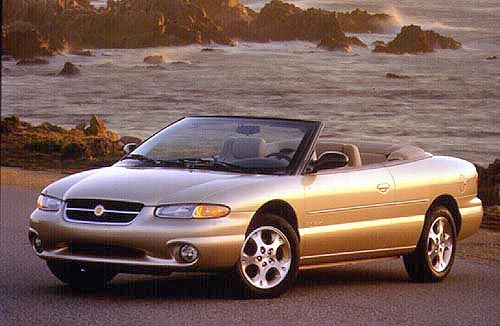
After a quarter century, the car still had its looks but became unreliable and, finally, undriveable.
My mother died at 96. I held on to the car. When a mechanic quoted a several-thousand dollar estimate to make vital repairs, I knew it was time to let it go. It was hard to do, I told the mechanic. I had sentimental reasons.
My mother would have understood. When my father’s Cadillac sat rarely driven in the garage after his death, I’d urged her to do something with it. “Maybe we could turn it into a planter in the back yard,” I told her. I’d get a smile but no words.
At least her Sebring has come to a more useful end, in the arms of public radio.
